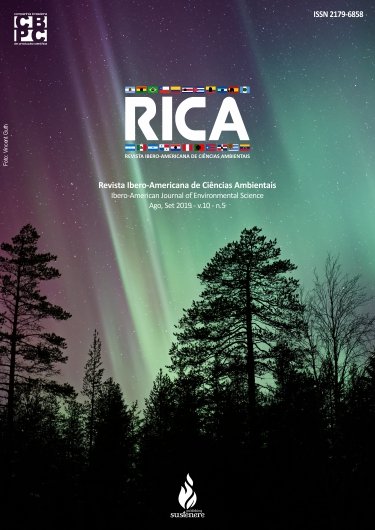Potential use of WWTP sludge in civil construction in Recife/PE
DOI:
https://doi.org/10.6008/CBPC2179-6858.2019.005.0017Keywords:
Wastewater, Sewage, LandfillsAbstract
Water is one of the essential elements for human survival and development, its consumption is linked to the generation of non-reusable wastewater and has required public and private authorities to create actions capable of reconciling the relationship between development and limitations. exploitation of water as a natural resource. In order to minimize the impacts caused by the wastewater discharge in the nature, the sewage treatment plants (STS) were created, however, during the sewage treatment process, by-products such as sludge are generated, whose final disposal is a worldwide concern. In the state of Pernambuco such wastes are disposed of on the grounds of the stations themselves, and in some cases are disposed of on the grounds of the stations, taken by third parties to be used as fertilizer in agriculture sent or to landfills for final disposal. Because of this, the present work seeks to present the possibilities of using sewage treatment sludge generated in the city of Recife and in the metropolitan region for the construction sector. This study was conducted through a bibliographic survey on the theme of incorporation of STS sludge in the production of materials applied to civil construction, as well as the presentation of the potential of the STS of Recife and surrounding areas for the execution of these materials. From the results obtained it was possible to verify that the STS sludge can present various forms of reuse and in various sectors, but in the construction sector it is commonly used as raw material for the manufacture of cement, mortar, concrete, tiles, bricks and various types of floors. However, the use of sludge as a substitute for cement stands out, as it is more economically interesting for concrete paving works, as this type of work uses large amounts of concrete employed in large extensions, promoting, thus, greater economic benefits and potentially better environmental outcomes. Thus, it is concluded that the reuse of sewage sludge, after proper processing, in construction products can have several ecological benefits that justify the costs of their treatment.
Downloads
Downloads
Published
Issue
Section
License
The CBPC - Companhia Brasileira de Produção Científica (Brazil CNPJ: 11.221.422/0001-03) the material rights of the published works. The rights relate to the publication of the work anywhere in the world, including rights to renewals, expansions and dissemination of the contribution, as well as other subsidiary rights. All electronically published works may subsequently be published in printed collections under the coordination of this company and / or its partners. The authors preserve the copyright, but are not allowed to publish the contribution in another medium, printed or digital, in Portuguese or in translation.









